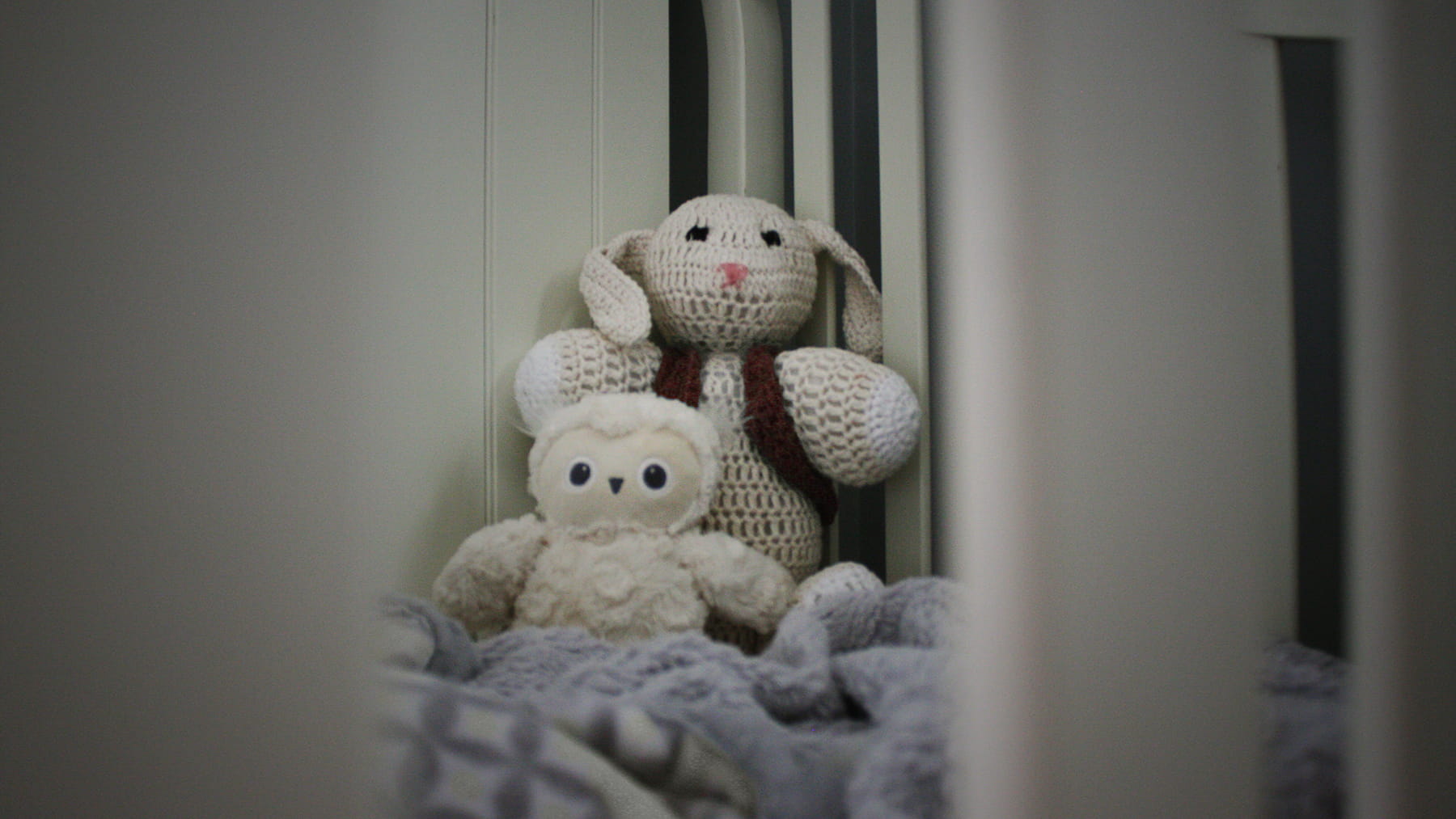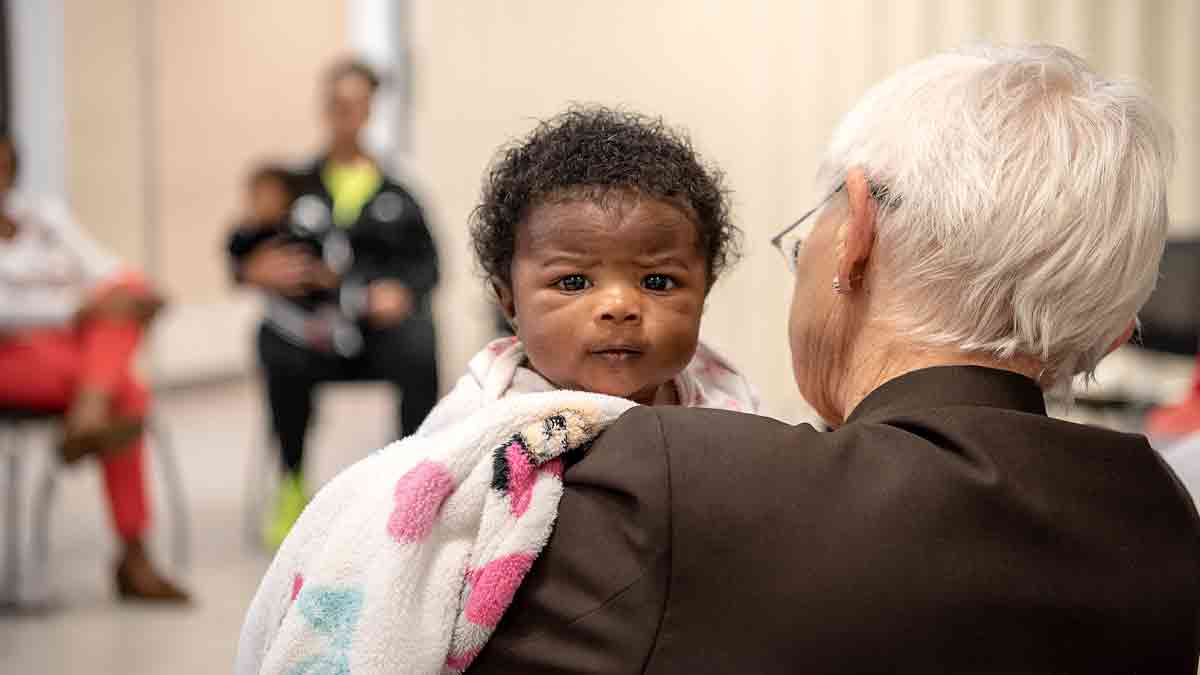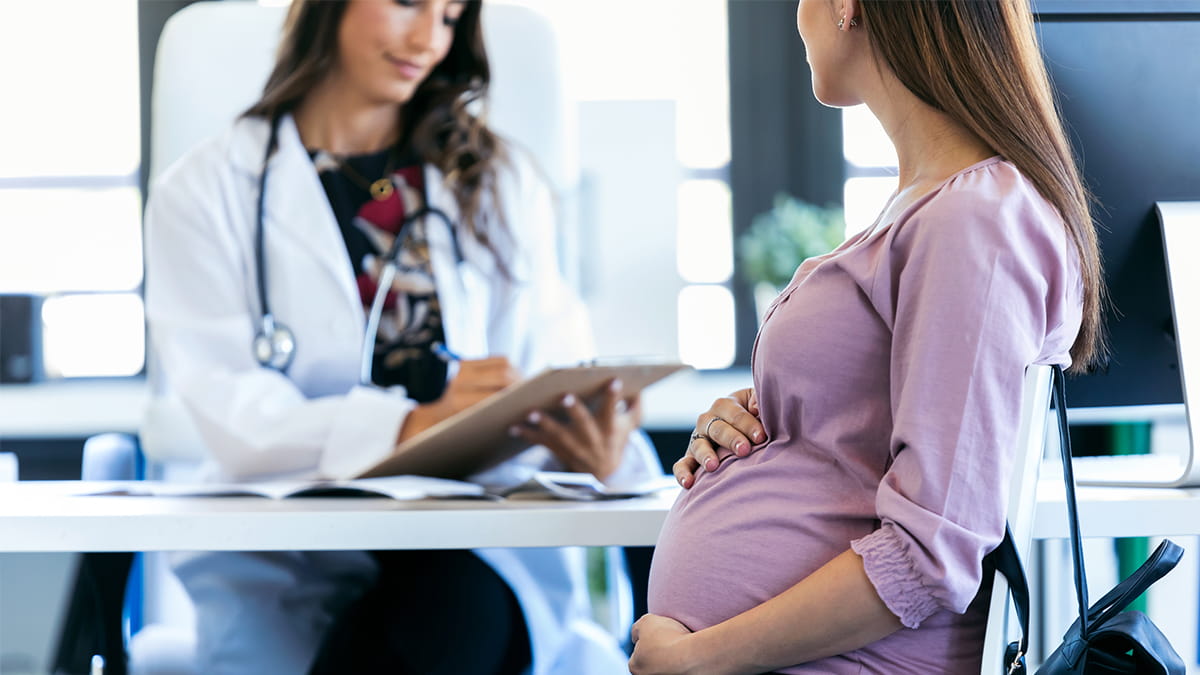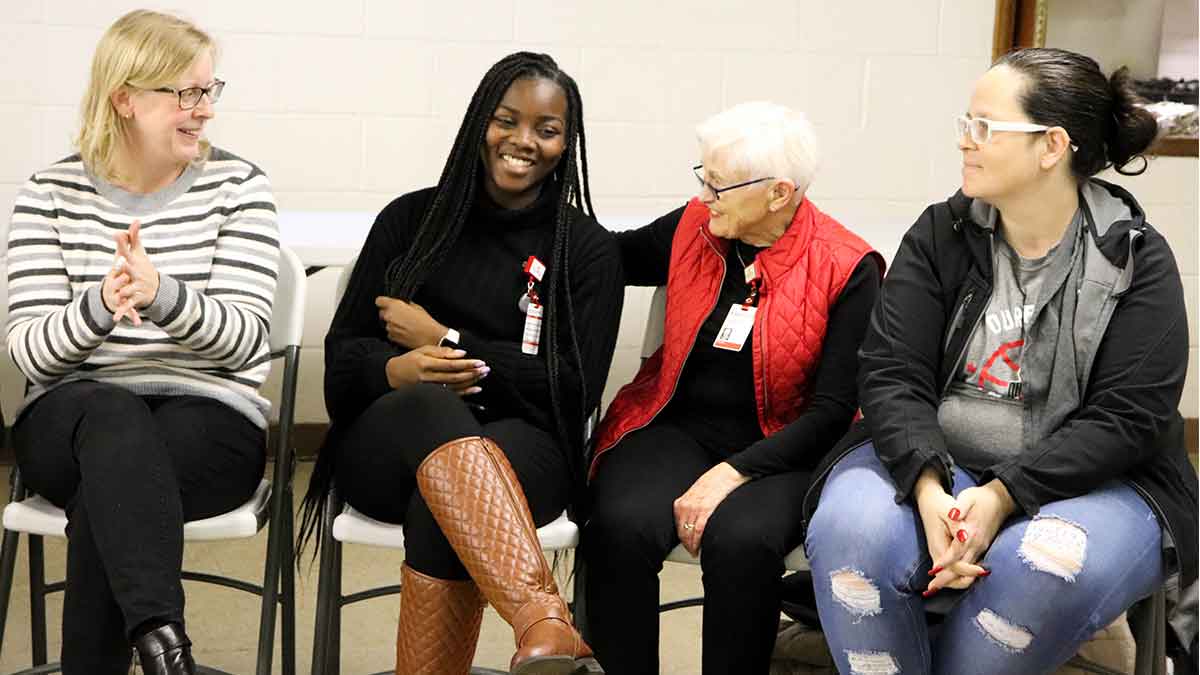Six baby gifts to avoid at the next shower
 The more research we gather about baby items, the more products we find can be unsafe for little ones.
The more research we gather about baby items, the more products we find can be unsafe for little ones.
“Nobody wants to harm a baby, but you have to be careful,” says Patricia Gabbe, MD, the founder/director of Moms2B, a central Ohio program that educates and supports new parents.
Whether you’re looking for gifts for a friend’s new baby or you’re an expecting parent making a shopping list, here are several products you may want to reconsider for the newborn in your life:
1. Crib bumpers, sleep positioners, soft bedding or pillows
Remember the American Academy of Pediatrics’ ABCs of safe sleep for newborns:
- Alone (in their own cribs, bassinets, or safety-tested playard – not in bed with anyone else)
- On their backs (not on their stomachs or sides)
- In a crib containing only a mattress and fitted sheet – no blankets, stuffed animals, sleep positioners, crib bumpers or pillows
“We’ve got to get the baby safely through those first six months,” Gabbe says. “Newborn babies are not able to protect themselves from suffocating hazards. They can’t roll over – they can’t lift their heads up.”
Soft bedding and similar gifts may be more appropriate after babies are a year old, when most babies are able to roll away from suffocation risks.
2. Sleep surfaces not rated for safe sleep
Some baby products are marketed as if they are safe for sleeping, but they present a risk of what's called "positional asphyxiation." In an inclined position, babies' airways can collapse, preventing them from getting oxygen in that position.
In April 2019, the Fisher-Price Rock 'n Play, a popular "sleeper" product, was recalled amid pressure from the American Academy of Pediatrics. Dozens of babies have died while using the product, and some of those deaths happened because of positional asphyxia.
When shopping for products that are safe for baby to sleep in, look for items called "bassinet," "play yard" or "crib." The U.S. Consumer Product Safety Commission allows only those terms to be used for products that are safe for infant sleep. The Rock 'n Play and other products called "sleepers" have not been rated as safe for sleep.
3. Heirloom cribs or bassinets
“Parents may want to use passed-down items that have sentimental value, but you have to be careful that they’re safe, clean and won’t collapse,” Gabbe says.
For bassinets, ensure that there are no gaps between the mattress and the sides of the bassinet. There should be no suffocation hazards, or ribbons or other decorations that could strangle the baby.
Cribs older than 10 years aren’t recommended, and drop-side cribs have been banned from production since 2011. Follow the full crib-safety recommendations from the U.S. Consumer Product Safety Commission.
4. Used car seats
Secondhand car seats aren’t recommended, Gabbe says.
“We don’t know their history, such as if they’ve been in an accident.”
If parents have used the seat for an older child and are certain the seat was never in an accident, they should ensure that it has no broken or missing parts and that it’s never been recalled. If the car seat is older than six years, it likely has outlived its service recommendation, but you might find an expiration date printed on its shell.
Brand-new, safety-tested seats are best.
5. Baby powders or unapproved diaper creams
Baby toiletries can make useful gift baskets, but skip the talcum powder.
“It can get into babies’ lungs (when inhaled),” Gabbe says.
She instead recommends FDA-approved diaper rash creams, and cautions against herbal remedies that haven’t gone through stringent testing.
“Use products that have gone through the FDA and are known not to have any contaminants.”
6. Teething necklaces or gels
Necklaces pose a strangulation risk for babies. Necklace beads can be choking hazards, too, if they break off.
Amber teething necklaces are meant to release an anti-inflammatory acid that’s absorbed by the baby’s skin. But in addition to being strangulation and choking hazards, Gabbe doesn’t recommend them for pain relief.
“Baby’s skin and oral surfaces readily absorb everything,” Gabbe says. “I just don’t know that amber necklaces have been tested enough to know they are safe.”
Many teething gels have been tested – but the FDA found that in children under 2, the benzocaine in many over-the-counter gels can lead to a serious condition called methemoglobinemia.
So what’s the parent of a teething baby to do?
“Babies are better off chewing on a wet washcloth than using a substance or anything tied around their neck,” Gabbe says.
Soothing activities, such as rocking, swinging, going for a walk in the stroller or being taken for a car ride also can help.
Besides, teething pain may be overestimated.
“Oftentimes, teething is associated with babies’ crying, so people think it’s painful,” she says. “But babies cry a lot, and it’s not just teething that’s causing their bad mood."




